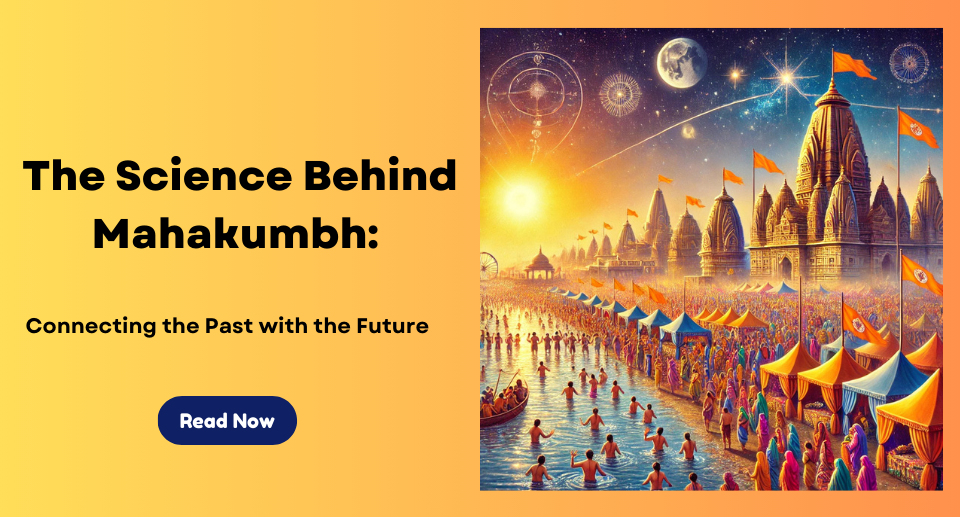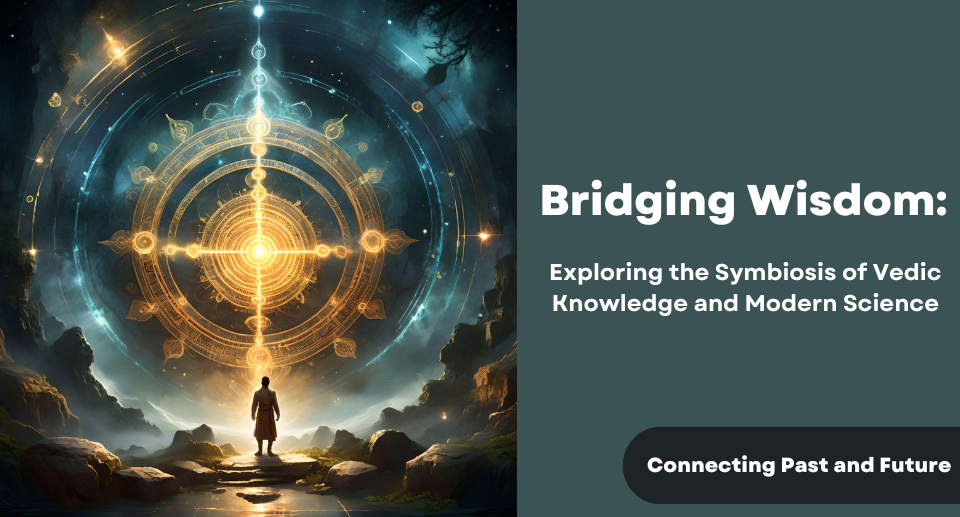The timing of the Mahakumbh is intricately linked to celestial alignments. According to ancient texts, the festival occurs when Jupiter (Brihaspati) enters Aquarius (Kumbh Rashi) and the Sun moves into Aries (Mesha Rashi). These astronomical positions are believed to enhance the spiritual energy of the pilgrimage sites. Modern science confirms that such celestial events influence tidal forces, creating unique energy dynamics in natural water bodies. These forces may have contributed to the ancient belief in the purifying properties of rivers during this time.
The Chemistry of Purification
One of the central rituals of the Mahakumbh is the holy dip in rivers like the Ganges, Yamuna, and the mythical Saraswati. Beyond the spiritual significance, scientific studies have revealed the self-purifying nature of the Ganges. The river contains bacteriophages, which are viruses that kill bacteria, and a high concentration of dissolved oxygen. These factors contribute to the Ganges’ unique ability to resist microbial contamination, supporting the belief in its cleansing powers.
Environmental Lessons from the Past
The Mahakumbh emphasizes the importance of rivers in sustaining life and spirituality. In today’s context, this festival serves as a reminder of the need to conserve and restore our water bodies. Ancient Indian practices like afforestation, water harvesting, and sustainable living were integral to maintaining ecological balance. These lessons remain relevant as India faces challenges like water pollution and resource depletion.
Mass Management: A Modern Marvel
Hosting millions of pilgrims at a single site requires extraordinary planning and execution. From sanitation to healthcare and crowd control, the Mahakumbh showcases exceptional organizational skills. Scientists and urban planners often study the festival’s logistics to develop models for managing large-scale events. Innovations in technology, such as real-time monitoring, AI-driven crowd management, and mobile healthcare units, are increasingly employed, blending ancient traditions with modern solutions.
The Science of Collective Consciousness
Psychological studies suggest that shared experiences in large gatherings can foster a sense of collective consciousness and emotional well-being. The Mahakumbh exemplifies this, as millions come together to meditate, pray, and celebrate. Such collective positivity can have measurable benefits on mental health, resonating with modern concepts of mindfulness and community support.
Connecting the Past with the Future
The Mahakumbh is a testament to India’s rich heritage, where spiritual practices were often intertwined with scientific wisdom. By revisiting these traditions through the lens of modern science, we can preserve their essence while adapting them to contemporary challenges. Whether it’s leveraging technology for better event management or drawing inspiration from ancient environmental practices, the Mahakumbh bridges the gap between India’s storied past and its aspirational future.
As we celebrate this remarkable festival, let us embrace its lessons—respect for nature, community spirit, and sustainable living. The Mahakumbh is more than a ritual; it is a reflection of how science and spirituality can coexist, guiding humanity toward a harmonious future.




